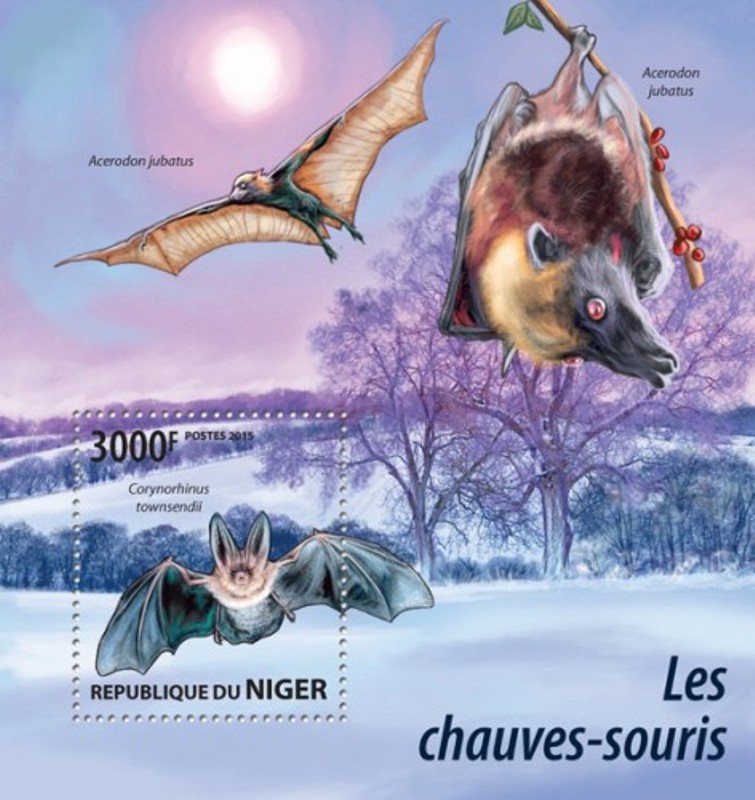In agroecosystems worldwide, bats are voracious predators of crop pests and may provide services to farmers worth billions of U.S. dollars. However, such valuations make untested assumptions about the ecological effect of bats in agroecosystems. Specifically, estimates of the value of pest suppression services assume bats consume sufficient numbers of crop pests to affect impact pest reproduction and subsequent damage to crops. Corn is an essential crop for farmers, and is grown on more than 150 million hectares worldwide. Using large exclosures in corn fields, we show that bats exert sufficient pressure on crop pests to suppress larval densities and damage in this cosmopolitan crop. In addition, we show that bats suppress pest-associated fungal growth and mycotoxin in corn. We estimate the suppression of herbivory by insectivorous bats is worth more than 1 billion USD globally on this crop alone, and bats may further benefit farmers by indirectly suppressing pest-associated fungal growth and toxic compounds on corn. Bats face a variety of threats globally, but their relevance as predators of insects in ubiquitous corn-dominated landscapes underlines the economic and ecological importance of conserving biodiversity.
Source:
Josiah J. Maine and Justin G. Boyles, PNAS
www.pnas.org/cgi/doi/10.1073/pnas.1505413112

- Log in to post comments
